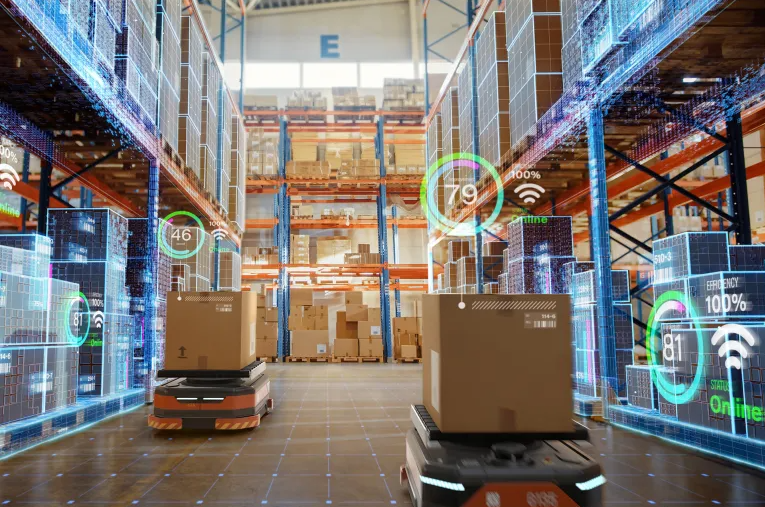
The transformative impact of robots on our lives unfolds in innovative ways, evolving in tandem with technological progress to become increasingly intelligent and adept at learning and engaging with their surroundings.
Significant strides have been made in the development of autonomous mobile robots, rendering them more sophisticated and capable of navigating intricate environments independently. These robots can now move seamlessly through buildings, hospitals, and airports without the need for human assistance.
The intelligence of robots has seen a notable boost, enhancing their ability to learn and interact effectively with their surroundings. Some robots boast facial recognition capabilities, the capacity to differentiate between objects, and the autonomy to make decisions.
The prevalence of social robots is on the rise, finding application in healthcare, education, and entertainment sectors. These robots serve as companions, especially beneficial for individuals who are unwell, isolated, or elderly.
Wearable robots have undergone notable advancements, finding utility in health, sports, and industrial contexts. They are now equipped to monitor human health and optimize athletic performance.
Recent innovations in robotics include the creation of a 3D-printed robotic hand featuring bones, ligaments, and tendons made from diverse polymer materials through cutting-edge laser scanning technology.
Researchers have also unveiled a groundbreaking ionic skin for robots, mimicking the function of human fingers. This innovation enables robots to sense touch properties of objects and identify various tissues or materials.
Moreover, a new robotic system has been developed by researchers to meticulously collect data on the automatic arm movements of individuals recovering from a stroke. This technology aids in refining treatment and rehabilitation approaches.
These examples spotlight the latest breakthroughs in robotics, and the trajectory indicates a continuous evolution, with robots becoming more intelligent and proficient in tackling tasks that pose challenges for humans.
Presently, robots are making significant inroads across various industries. They are instrumental in remote-controlled surgeries, patient care, and medication distribution in healthcare. In transportation, robots streamline the movement of goods in factories and passengers at airports.
The healthcare sector benefits from robots engaged in hospital cleaning and sanitization, contributing to overall cleanliness. In agriculture, robots play crucial roles in tasks ranging from planting crops to irrigation, harvesting, and tending to livestock.
Construction has also witnessed the integration of robots for hazardous or repetitive tasks. Retail stores deploy smart robots to assist customers and elevate the shopping experience, while the education sector leverages robots for interactive learning experiences.
Logistics services capitalize on robots to optimize supply chains, from sorting and processing orders to packing and distributing goods. In tourism, robots serve as information providers and service facilitators in venues such as museums and gardens.
As robots transition from routine machines to cognitive collaborators, propelled by advanced sensing technology and strides in machine learning and artificial intelligence, the evolution continues on an upward trajectory. The anticipated trajectory foresees ongoing technological advancements in robotics, paving the way for deeper and more impactful changes in our lives. This evolution holds the promise of heightened productivity, enhanced efficiency, and the increased integration of advanced robots across diverse facets of life, working in tandem with humans.
Leave a Reply